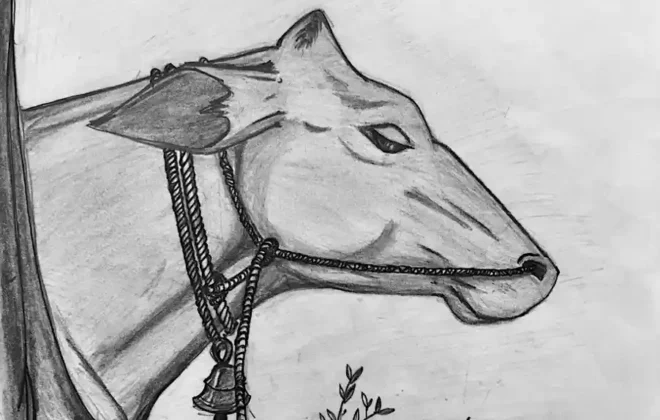
How to Solve the Environmental Challenges with Sustainable Chicken Farming?
When we talk about the environment, one of the most overlooked contributors to pollution is animal farming. In poultry farming particularly, air pollution from ammonia (NH3) has been a growing challenge. High ammonia levels not only harm the environment but also directly affect the health of birds, farm workers, and even nearby communities. The pressing question is: how do we strike a balance between sustainable farming, healthy livestock, and environmental responsibility?
The good news is—we can. And the solutions are already here.
Traditional Methods of Ammonia Control
For decades, two strategies have dominated the poultry industry to control harmful gas emissions:
1. Pre-excretion methods – reducing emissions at the source. This includes diet manipulation and the use of feed additives to lower ammonia production inside birds.
2. Pre-release methods – removing pollutants from the air before they disperse. This involves litter additives, acid scrubbers, biofiltration, and improved housing designs.
These methods have shown promising results:
- Litter additives reduce NH3 by 50–90%.
- Multi-stage acid scrubbers achieve up to 95% reduction.
- Adjustments in bedding and feeding reduce stress on the birds and improve house air quality.
While these solutions have their merits, they come with significant costs. Not every farmer—especially small-scale local farmers—can afford them. This is why government support is often necessary to make such technologies accessible.
But here’s where things get interesting: we’ve discovered something more natural, cost-effective, and sustainable.
The Organic Breakthrough
Through research and practice, we found that organically fed chickens release significantly less ammonia than those raised on commercial feed. Why? Because commercial feed is often loaded with high-nutrient additives designed for rapid growth. While effective for weight gain, they create excessive nitrogen in the excretion process, which turns into ammonia.
Organic feeding, on the other hand, promotes natural growth. Birds digest more efficiently, waste less, and release lower levels of ammonia. The difference is striking—not only in emissions but also in the overall health of the flock.
This organic approach doesn’t just reduce harmful gases—it creates a ripple effect of benefits for farmers, animals, and the environment.
Empowering Local Communities
One of the most powerful aspects of organic feeding is its community-driven impact. Instead of relying on expensive commercial feed suppliers, organic feed often incorporates grains, legumes, and ingredients sourced from local farmers.
Here’s what happens when local communities are included:
- Farmers gain new opportunities to sell their grains and crops to feed manufacturers.
- Villages and towns see more economic circulation and reduced dependency on large corporations.
- The cost of feed decreases as supply chains shorten.
In essence, organic feeding doesn’t just help the birds and the environment—it creates jobs, empowers farmers, and strengthens rural economies.
Waste That Becomes Wealth
Traditionally, chicken waste has been seen as just that—waste. But in reality, it’s an untapped resource. When chickens are raised organically, their manure is richer, more balanced, and safer to use as a natural fertilizer.
Instead of being a source of pollution, poultry waste can be:
- Converted into soil manure that enriches agricultural fields.
- Used to support organic farming practices, reducing reliance on chemical fertilizers.
- Applied in irrigation systems to boost soil health naturally.
This simple shift creates a circular ecosystem: feed supports the chickens ‚Üí chickens produce organic waste ‚Üí waste nourishes the soil ‚Üí soil produces grains ‚Üí grains feed the chickens again.
The result? A healthy, wealthy, and happy economy where everyone benefits—farmers, consumers, animals, and the environment.
Why This Matters
The urgency of environmental protection cannot be overstated. Ammonia levels above 25 ppm in poultry houses are dangerous for both animals and caretakers. Beyond the farm, ammonia contributes to water pollution, greenhouse gases, and ecosystem damage.
By adopting organic feeding practices, we address multiple issues at once:
- Cleaner air and healthier flocks.
- Reduced greenhouse gas emissions.
- Stronger local economies.
- More sustainable farming practices for the future.
This is not just an agricultural improvement—it’s a movement toward balance. A middle path that allows us to raise healthy animals, support farmers, and protect our environment.
A Call to Action
The choice is in our hands. Do we continue with costly, chemical-heavy solutions that only a few can afford? Or do we embrace a more natural, affordable, and community-friendly approach that benefits everyone?
At ChickCoop®, we are committed to helping farmers transition toward organic feeding methods and sustainable poultry practices. Our mission is not just about reducing ammonia—it’s about building a better tomorrow for farmers, animals, and the planet.
If you are a farmer looking for guidance, a policymaker seeking scalable solutions, or simply a concerned citizen who wants to support sustainable agriculture—we’d love to hear from you.
At ChickCoop®, we’re more than just a Chicken Company, writing interesting blogs about them– we’re your trusted partner in building a modernized, sustainable and profitable farm. From breed selection to buy-back support, feed guidance, and modern farm management tips, we ensure farmers like you achieve the best results and profits.
Call us today to discuss your farming needs
üìß Email us at: write@chickcoop.in
üìû Call us: +91-9939209699
Call us today to learn how you can be part of this change. Together, we can build an economy that is cleaner, greener, and kinder.¬Ý


